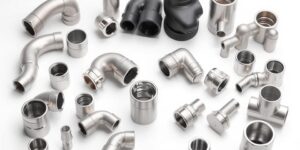The Evolution of Genuine Oetiker Clamps Through History
Original Oetiker Hose Clamping Systems: High-Quality Vehicle Solutions Did you know, that over 70% of commercial transport failures are due to faulty hose attachments? Tight fittings are vital for optimum …









